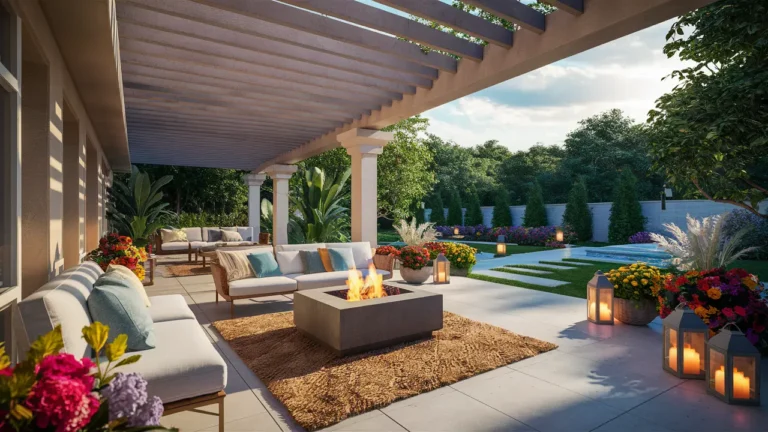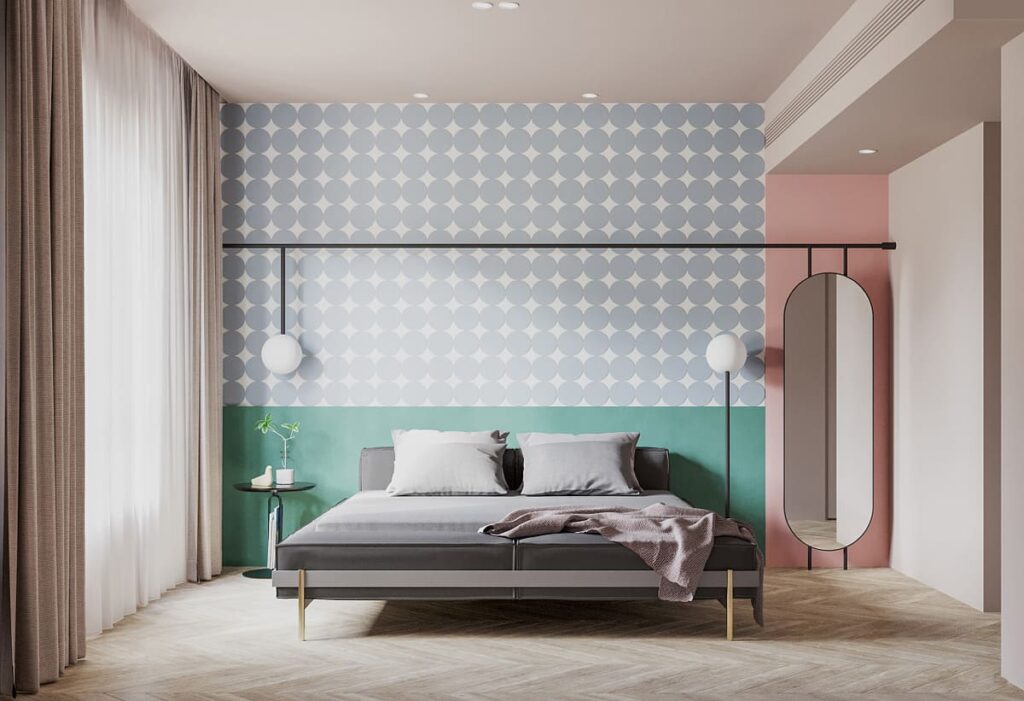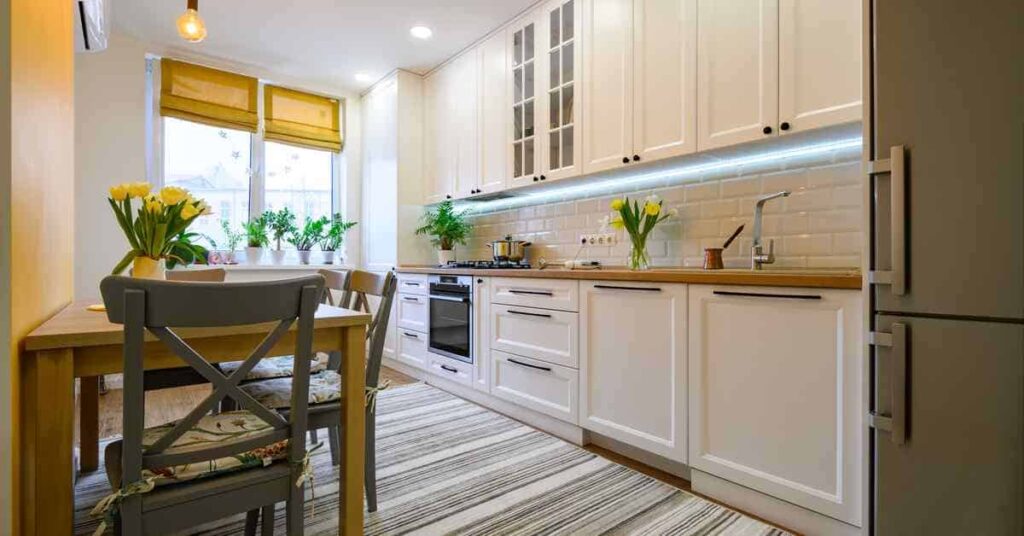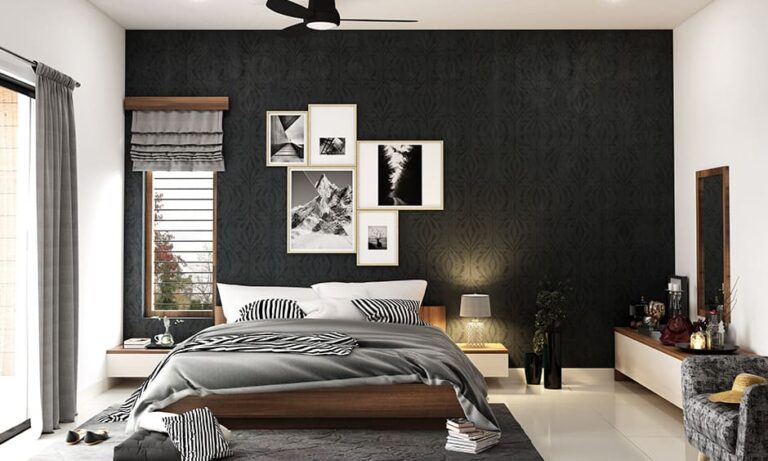Nestled in the picturesque landscapes of Cornwall, with its rugged cliffs and sweeping ocean views, the coastal cottage is a dream for many. Designing a cottage in this idyllic region combines both the charm of traditional British architecture and the modern demands for comfort and sustainability. Whether you’re planning to build a holiday retreat or a permanent residence, understanding the essential elements of coastal Cornwall cottage house plans can turn your dream into a reality.
1. Embracing Local Architecture Styles
Cornwall is known for its enchanting stone cottages with steep rooflines, sash windows, and lush gardens. To capture the essence of Cornish design, start by exploring elements that reflect this traditional style:
- Stone Exteriors: Utilizing local stone not only grounds your home in the aesthetic of the area but also offers durability against harsh coastal weather.
- Steep Roofs: A steeper roof pitch is not just iconic; it helps with rainwater drainage and can withstand high winds.
- Cozy Layouts: Traditional Cornish cottages are renowned for their warm, intimate interiors. Designing smaller, well-defined spaces rather than vast open areas can evoke this coziness.
2. Maximizing the Coastal Views
One of the primary appeals of a Cornwall cottage is its potential for stunning seaside views. When planning your cottage, consider how to make the most of these views:
- Strategic Window Placement: Large windows or glass doors facing the sea can transform a living space, bringing in natural light and scenic landscapes.
- Outdoor Living Areas: Incorporate decks, patios, or balconies that invite relaxation and interaction with the outdoors.
- Orientation: Position your cottage to not only capture the views but also to optimize natural heating and cooling, reducing energy costs.
3. Combining Old and New
While the charm of old-world architecture is undeniable, modern amenities and design principles can enhance comfort and functionality:
- Open Floor Plans: Though traditional cottages feature more segmented layouts, introducing a partial open floor plan can offer a more flexible living space, suitable for family gatherings and entertainment.
- Modern Insulation Techniques: Efficiently insulating your cottage is crucial, especially in a coastal climate. Modern materials and techniques can improve comfort and reduce heating costs.
- Eco-Friendly Technologies: Solar panels, rainwater harvesting systems, and other sustainable technologies can be integrated into your design to minimize environmental impact.
4. Navigating Planning Permissions
Building in Cornwall, especially near the coast, often comes with stringent planning permissions designed to preserve the natural beauty and heritage of the area. Before finalizing your house plans:
- Consult Local Authorities: Early consultations can provide guidance on specific restrictions and requirements.
- Hire Local Experts: Architects and builders familiar with Cornwall’s regulations can be invaluable in ensuring your design meets all legal criteria.

5. Interior Design and Landscaping
The interior and the garden of your cottage should reflect the overall aesthetic, completing the feel of a Cornwall retreat:
- Nautical Themes: Interiors with maritime motifs, such as naval colors, ropes, and rustic wooden elements, can complement the external coastal environment.
- Native Plantings: Choose local flora for your garden to blend seamlessly with Cornwall’s natural landscapes. These plants will be more likely to thrive and require less maintenance.
Conclusion
Designing your Cornwall coastal cottage is about balancing respect for traditional designs with modern needs and innovations. With careful planning and attention to detail, your Cornwall cottage can offer a timeless retreat that cherishes its heritage while providing all the comforts of contemporary living. Whether watching the sunset over the ocean or cozying up by a stone fireplace, your Cornwall cottage can provide a sanctuary that feels both deeply personal and authentically connected to its stunning natural surroundings.















